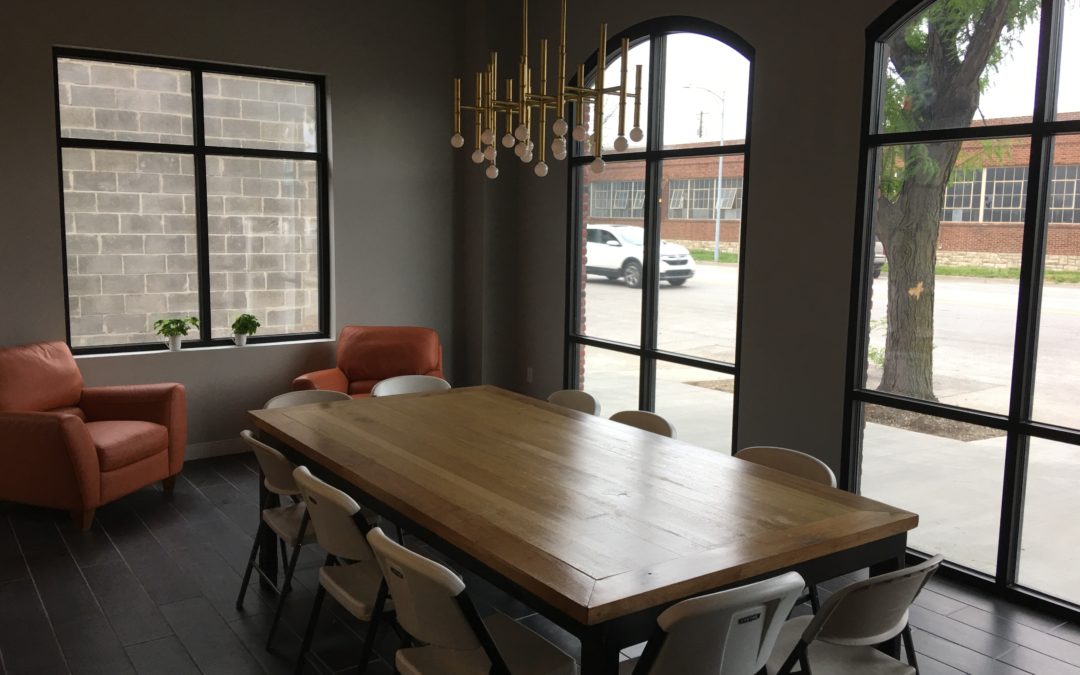More than 50 percent of Americans are diagnosed with mental illness at some point in their lives. The World Health Organization (WHO) reports that rates of anxiety and depression have increased by 25 percent since the onset of the pandemic. Employees are weighing the value of returning to the office with increased frequency against their own mental and physical well-being.
A truly supportive workplace environment becomes an even more critical consideration. Negative stimuli can be avoided in the workplace. Spaces that are restorative, uplifting, enriching, and empowering can be created. Below are a few key design strategies to consider when designing workplaces with mental health and well-being.
Air Quality
Design guidelines that focus on ‘healthy’ buildings are a solid foundation to build upon when it comes to enacting strategies that seek to enhance total occupant wellbeing, including mental health. For instance, the concept of WELL Building Standard (WBS) was created with the belief that buildings should be developed with people’s health and wellness at the center of design.
One key component that designers focus on with regard to its effect on mental health is air. Air pollutants can cause serious neurocognitive effects that ultimately can have devastating effects on mental health. Additional studies show that air pollutants induce inflammation and oxidative stress in the brain which can lead to depression.
An investment in building air systems, ventilation, and ongoing monitoring of air quality aligned with standards such as WELL and LEED ensure not only that facilities run efficiently and are gentle on the environment, but the physical and mental health of occupants as well.
Access to Light and Nature
It’s very important to incorporate access to natural sources of light within a space. Being intentional about how and where natural light is integrated, supportive spaces can better consider occupants’ mental health and wellbeing. Daylighting has both immediate and long-term positive effects, including alleviating symptoms of depression through boosting serotonin and improving sleep cycles.
Visual and physical access to the outdoors can come through encouraging fluid movement between inside and outside common areas, large windows, and intentional views of varying natural elements. Ultimately, these strategies are conducive to productivity, retention, and success.
Choice
At the core of meaningful, supportive design is fostering an environment of choice, agency, and autonomy. This is especially important in the workplace, where individuals often spend hours of the day balancing productivity, socialization, rest, and revitalization. In the past, workplaces were designed with a uniform setting to enhance productivity, when in reality, there is not a one size fits all solution. A majority of people will not interact effectively in an environment that lacks settings to accommodate their individual needs.
Some users require quiet places to retreat to in order to avoid being overstimulated, while some thrive being in a space with a lot of collaboration and hustle and bustle. Research indicates that providing individuals with a choice of how they would like to interact with their colleagues leads to improved well-being and reduces anxiety, as well as is associated with job satisfaction and group cohesiveness.
For more information, contact MAC today!

